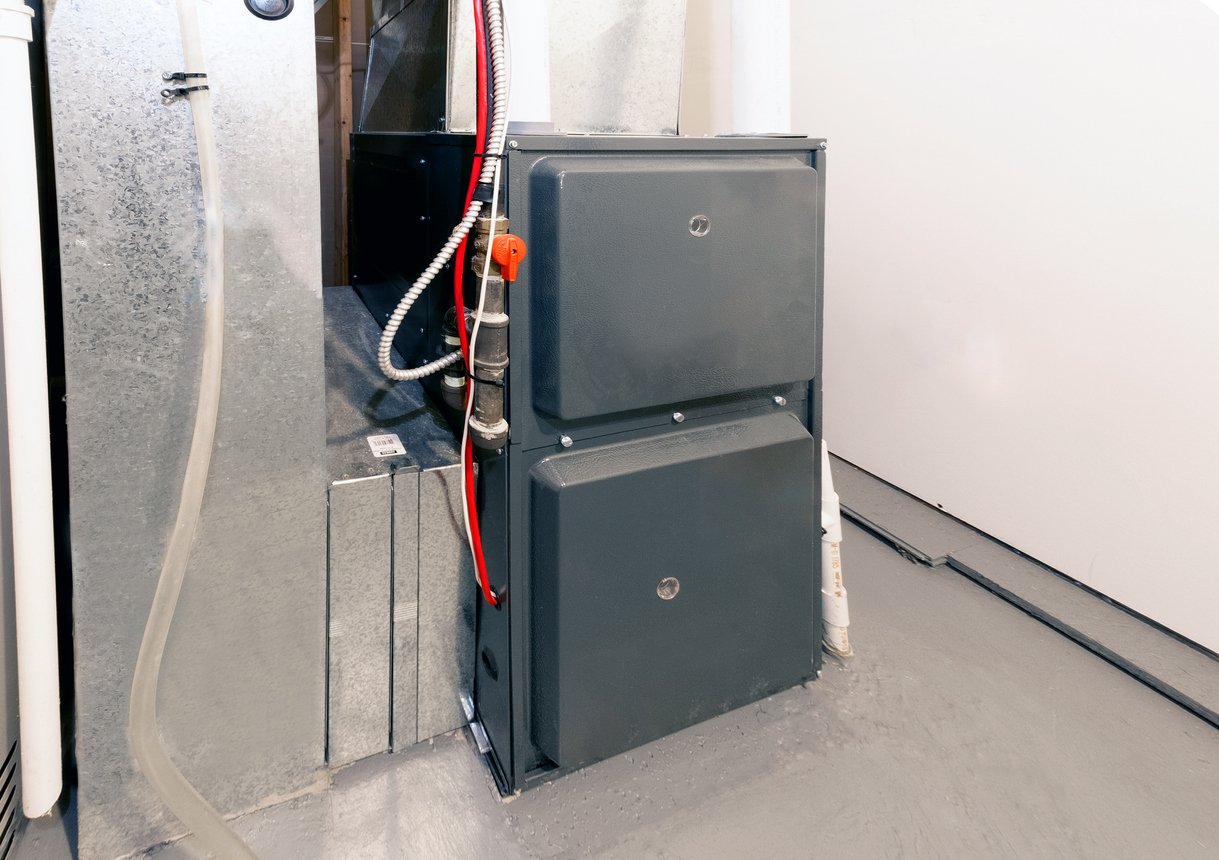Why Does My Furnace Keep Short Cycling?
Short cycling is a frustrating furnace problem that occurs when the system turns on and off frequently without completing a full heating cycle. This constant cycling not only reduces your home’s comfort but also wastes energy and puts unnecessary strain on your furnace. Left unchecked, short cycling can lead to higher utility bills and costly repairs.
Let’s explore the most common reasons your furnace might short cycle, how to identify the cause, and what you can do to fix it.
A Dirty Air Filter
A clogged or dirty air filter is one of the leading culprits behind furnace short cycling. Air filters are designed to trap dust, debris, and allergens, but over time, they can become clogged. A restricted airflow causes your furnace to overheat, triggering safety mechanisms that shut it down before the heating cycle is complete.
How to Fix It:
Inspect your furnace’s air filter and replace it if it looks dirty or clogged.
Set a reminder to check your filter every 1–3 months, especially during the heating season, to keep your system running efficiently.
Thermostat Issues
Your thermostat plays a crucial role in regulating your home’s temperature. If it’s malfunctioning, it might send incorrect signals to your furnace, causing it to turn on and off erratically. Common thermostat-related problems include incorrect placement, dead batteries, or outdated models.
How to Fix It:
Check your thermostat’s location. If it’s near a heat source or in direct sunlight, relocate it to a central area away from these influences.
Replace the batteries if they are low.
If the thermostat is old or unreliable, consider upgrading to a programmable or smart thermostat for better accuracy and control.
An Oversized Furnace
Sometimes the problem isn’t with your furnace’s performance but its size. If your furnace is too large for your home, it will heat the space too quickly and shut off prematurely. This not only causes short cycling but can also result in uneven heating throughout your home.
How to Fix It:
Consult with an HVAC professional to evaluate your furnace size relative to your home. If your system is oversized, replacing it with a properly sized unit can improve both comfort and efficiency.
Flame Sensor Problems
The flame sensor is a safety device that ensures your furnace is operating correctly. It detects whether the burner is igniting properly and shuts off the system if it senses a problem. Over time, dirt and grime can build up on the flame sensor, preventing it from functioning correctly and causing the furnace to short cycle.
How to Fix It:
Turn off the furnace and carefully clean the flame sensor with a soft cloth.
If cleaning doesn’t resolve the issue, call an HVAC technician to inspect and repair or replace the sensor.
Blocked or Closed Vents
Blocked or closed vents can cause airflow issues that lead to furnace overheating. When the system senses restricted airflow, it may shut down to prevent damage. This often happens when furniture, rugs, or other objects block vents or when household members close them in unused rooms.
How to Fix It:
Walk through your home and check that all vents are open and unobstructed.
Avoid closing too many vents, as this can disrupt the system’s balance and efficiency.
Low Airflow or Blower Issues
The blower motor in your furnace is responsible for circulating air throughout your home. If the motor is malfunctioning, it may not move enough air, causing the furnace to overheat and short cycle.
How to Fix It:
Check for signs of a blower motor issue, such as unusual noises or reduced airflow.
Contact a professional technician to diagnose and repair the motor if needed.
Cracked Heat Exchanger
A cracked heat exchanger is a serious issue that can cause short cycling and pose a safety risk. Heat exchangers are responsible for transferring heat from the furnace to the air in your home. When cracks develop, the furnace may shut down to prevent further damage or the release of harmful gases like carbon monoxide.
How to Fix It:
Turn off your furnace immediately if you suspect a cracked heat exchanger.
Call a professional for an inspection and, if necessary, replace the heat exchanger or the furnace itself.
How to Prevent Furnace Short Cycling
Short cycling often signals an underlying issue, but regular maintenance can prevent many of the causes. Here are a few tips to keep your furnace running smoothly:
Schedule annual maintenance: Regular tune-ups help identify and fix small issues before they lead to bigger problems.
Replace filters consistently: A clean air filter can prevent overheating and improve efficiency.
Ensure proper installation: Make sure your furnace is the right size for your home and that all components are installed correctly.
Conclusion
Short cycling can be more than just a nuisance—it’s often a sign that your furnace requires attention. By understanding the potential causes and taking steps to address them, you can protect your furnace, improve your home’s comfort, and save on energy costs. If you're unable to resolve the issue on your own, seeking professional assistance in furnace repair is always a smart choice. A well-maintained furnace will reward you with years of reliable performance.

